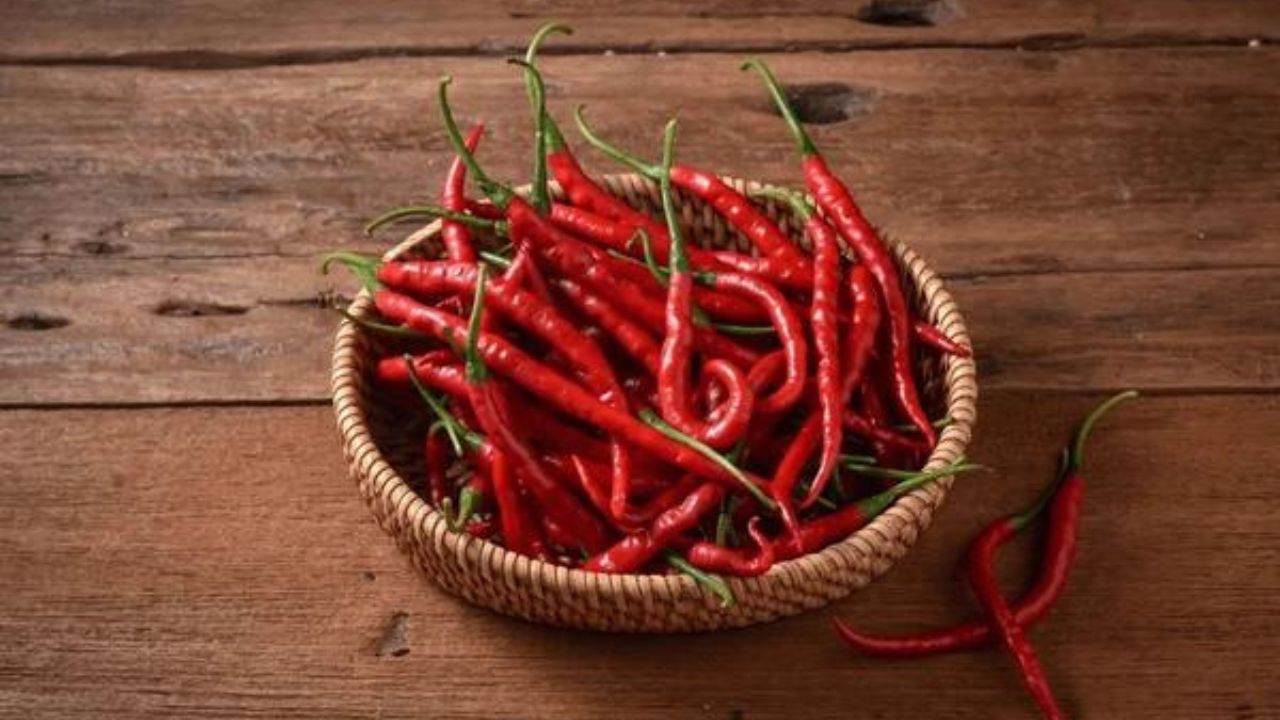The culinary scene has a ton of ingredients that can jazz up a basic dish into something fancy. Among these, chillies hold a special place, known for their ability to add depth, heat, and flavour to any cuisine. Their use, however, requires a nuanced understanding to truly elevate a dish. This article delves into the art of cooking with these spicy pods, offering insights for enthusiasts looking to refine their palate and culinary skills.
Exploring Varieties and Their Unique Flavors
These fiery fruits come in an astonishing variety, each with its own unique taste and level of heat. From the mild bell pepper to the fiery ghost pepper, the range is vast. Comprehending the flavour profile and heat level of different types is crucial. For example, jalapeños provide a moderate heat with a fresh, green flavour, ideal for salsas and grills, while habaneros offer a fruity yet intense heat, perfect for sauces and marinades. Exploring these varieties not only enhances the flavour of your dishes but also allows you to customise recipes to your heat tolerance.
Mastering Heat Levels for Balanced Dishes
Controlling the heat in your dishes is essential. The key is to start with small amounts and gradually increase to suit your taste. Removing seeds and membranes from these piquant additions can significantly reduce their heat, making them more palatable for those with a milder preference. It’s also helpful to understand that dairy products, like yoghurt or cream, can counteract the heat, providing a soothing balance. Additionally, pairing spicy dishes with sweet or acidic components, like fruits or vinegars, can create a harmonious flavour profile.
The Technique of Roasting for Enhanced Flavours
Roasting these spicy pods is a game-changer in cooking. This technique intensifies their flavour, adds a smoky depth, and mellows out the heat. You can roast them in a dry skillet, in the oven, or over an open flame. Once blackened and blistered, placing them in a covered bowl allows the steam to loosen the skin, making it easier to peel off. This method works wonders in dishes like salsas, soups, and marinades, imparting a rich, complex flavour. Roasted peppers can also be blended into pastes, which serve as a versatile base for many dishes.
Incorporating Chillies into International Cuisines
These piquant pods are not limited to just one type of cuisine. They are versatile and can be adapted to various international dishes. In Mexican cuisine, they’re often used in moles and salsas. In Asian cooking, particularly Thai and Indian, they provide the backbone of heat and flavour in curries and stir-fries. Experimenting with these ingredients in different cuisines not only broadens your culinary horizons but also enhances your understanding of how they can be used to complement other flavours. Understanding the cultural context behind each cuisine’s use of these pods can deepen your appreciation and approach to cooking.
Preserving and Storing for Longevity
Preserving these spicy fruits allows you to enjoy their flavour year-round. Drying is a popular method, which can be done in the sun, in an oven, or using a dehydrator. Once dried, they can be ground into powder or flakes for easy use in cooking. Freezing is another option, especially for those who prefer their pods fresh. Simply wash, dry, and freeze them whole in airtight bags. Proper preservation ensures that you always have these flavour enhancers at hand, ready to be used in your culinary creations. Creating pickles or infusions with these pods can also offer unique flavours and textures for your dishes.
In conclusion, the inclusion of chillies in your cooking repertoire can be a transformative experience. Their versatility, range of flavours, and ability to add both heat and depth to dishes make them an invaluable ingredient in the kitchen. With the right techniques and understanding, you can master the art of cooking with these vibrant pods, catering to every palate and elevating your culinary adventures.
